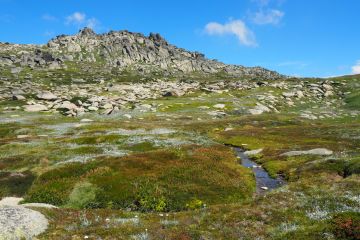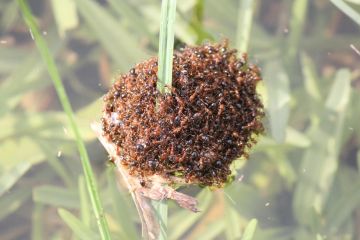
Crucial progress for Barrington Tops and World Heritage Gondwana Rainforests with removal of hundreds of feral horses
The Invasive Species Council welcomes a major step forward to protect Barrington Tops National Park and the surrounding World Heritage Gondwana Rainforests, as crucial feral horse control efforts have finally been undertaken by the NSW National Parks Service.



















